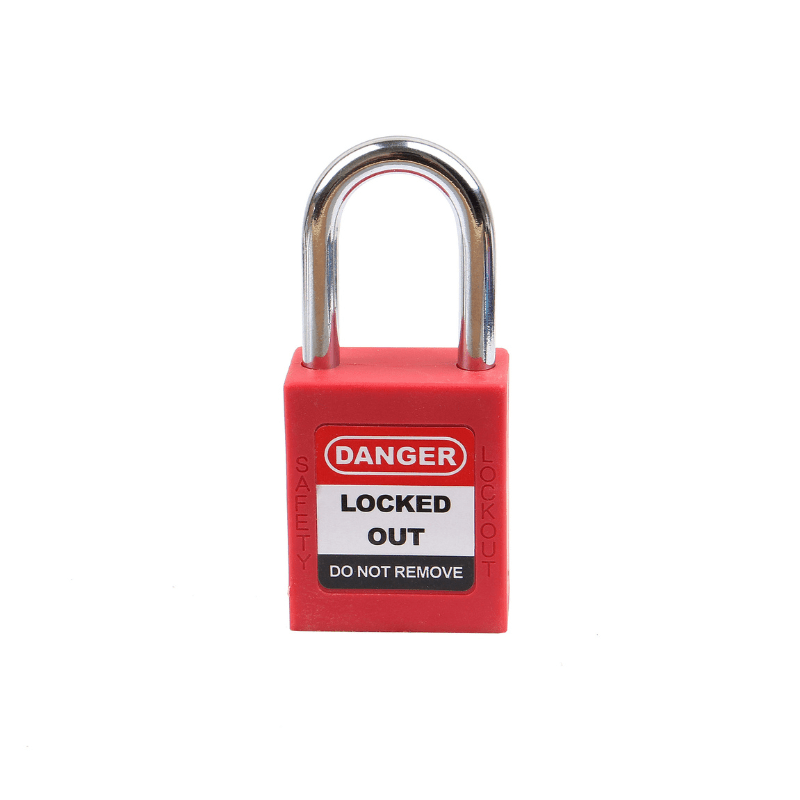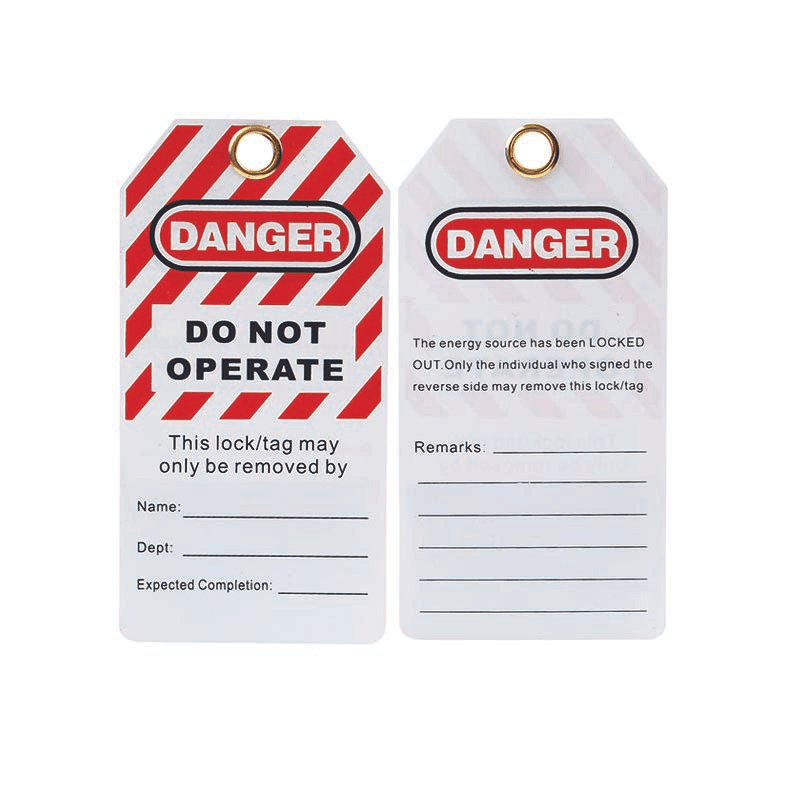Plant start-up and commissioning are critical phases in the life cycle of a plant or facility. During this time, various activities such as equipment installation, testing, and operation take place, which can pose potential hazards to workers and the public. Safety signage is essential during plant start-up and commissioning as it provides critical information and guidance to workers, visitors, and contractors, helping to prevent accidents and injuries.
Here are some key reasons why safety signage is crucial during plant start-up and commissioning:
- Hazard Identification: Safety signage helps to identify and communicate potential hazards that may be present during plant start-up and commissioning. By providing clear, concise, and easy-to-understand signage, workers, contractors, and visitors can quickly identify and understand the risks associated with certain areas or activities.
- Risk Mitigation: Safety signage helps to mitigate risks by providing critical information on safe working practices, personal protective equipment (PPE) requirements, and emergency procedures. This information can help prevent accidents and injuries, reducing the likelihood of damage to equipment or property.
- Compliance: Safety signage is required by law in many countries and is a crucial component of compliance with health and safety regulations. By displaying safety signage, plant operators can demonstrate their commitment to providing a safe working environment and ensuring compliance with regulations.
- Communication: Safety signage facilitates communication between workers, contractors, and visitors. By providing clear and concise information on hazards, risks, and safety procedures, workers and visitors can communicate effectively, reducing the likelihood of misunderstandings and accidents.
- Training: Safety signage can be used as a tool for training and educating workers and visitors on safe working practices, emergency procedures, and PPE requirements. By displaying safety signage in visible locations, workers can be reminded of the importance of safety and the steps they need to take to ensure a safe working environment.
In conclusion, safety signage is critical during plant start-up and commissioning as it helps to identify hazards, mitigate risks, ensure compliance, facilitate communication, and provide training. By investing in high-quality safety signage and ensuring its proper placement and visibility, plant operators can help prevent accidents and injuries, promote a culture of safety, and protect their workers, visitors, and property.
Shop the Lock Box's High Quality Signage Collection today.



